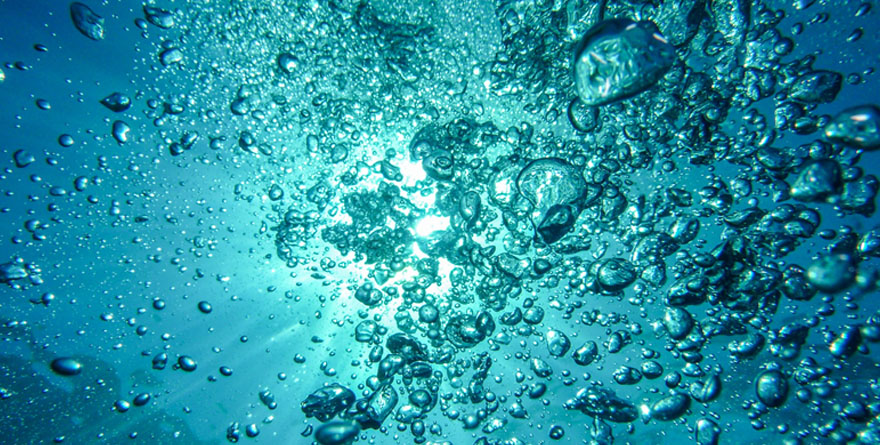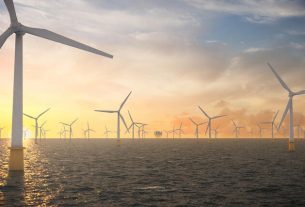Ireland – ORPC has partnered with a European consortium to create a new generation of marine renewable energy turbines that increase
reliability and performance while reducing manufacturing costs.
ORPC along with ÉireComposites of Galway and National University of Ireland Galway are collaborating with Mitsubishi Chemical Advanced Materials, Germany, and Consiglio Nazionale delle Ricerche of Italy on the Commercialization of a Recyclable and Innovative Manufacturing Solution for an Optimized Novel (CRIMSON) project. Funding is provided by the European Commission via its Fast Track to Innovation program. The total project is valued at €3.9 million.
Clean energy potential
The CRIMSON project will bring to market ORPC’s reliable, sustainable marine energy river and tidal turbine with foils made entirely of recycled carbon fiber, while also reducing capital expenditure and operating expenditure by 33% and 66% respectively. By reducing lifecycle costs and carbon impacts from manufacturing, the approach provides a long-term solution for climate change mitigation. The Commission’s funding will drive market adoption of renewable marine energy in the bid to replace carbon emitting fossil fuels. This technology has the potential to generate gigawatts of clean energy from river and tidal currents. It is estimated that there is some 615 TWh per year of harvestable energy from tidal streams, ocean currents, and riverine currents and marine energy power systems can harvest that energy.
ORPC – ÉireComposites cooperation
ORPC and ÉireComposites began work together in 2019 building the turbines for ORPC’s first commercial RivGen Power System installed to power the remote community of Igiugig, Alaska. Using sustainable, predictable local energy from the Kvichak River, this RivGen device is the longest operating current energy converter in the Americas.
The RivGen Power System offers a no carbon, low noise option, positively impacting local economies and enhancing ecotourism opportunities.




